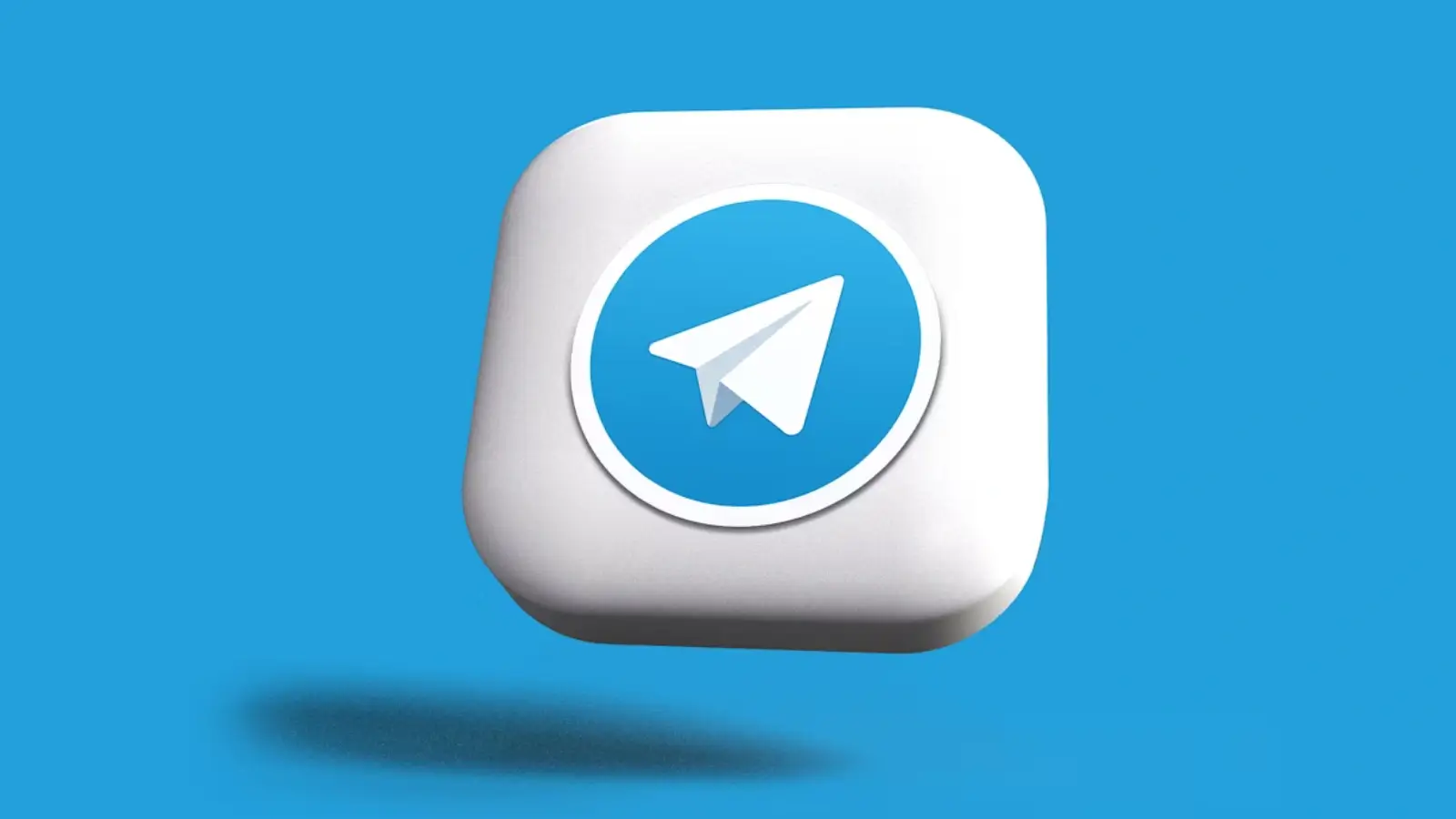


Messaging apps are the next big playground for digital innovation, and they have evolved quietly. What was once a simple chat tool has today evolved into much more – a place where gaming, social interaction, and business all converge. Entrepreneurs see creativity, while investors see new ways to monetize engagement and loyalty.
With the expansion of these platforms, it is only natural that the demarcation between gaming and communication will become even fuzzier. Running inside messaging apps are games crafted by developers, which allow for seamless toggling between chatting and playing. This isn’t merely a question of convenience, but of reconfiguring communication, expenditure, and investment in online experiences.
Messaging apps have evolved into more than just a means of conversation. In recent years, they have transformed into entire entertainment ecosystems that enable communication, media sharing, and gaming under one roof. Such repositioning in the minds of entrepreneurs and investors has made chat-based platforms prime real estate for engagement and monetization.
As messaging apps retain users for longer and longer within their ecosystems, developers have successfully gamified simple interactions. Games within chat platforms entertain people without requiring them to leave the app. It’s the kind of seamless design that investors eat up—all frictionless paths leading to high engagement and scalable user growth wrapped into one.
That’s where Telegram games come into play. They’ve become a perfect example of how messaging apps can merge casual gaming with community building. Games like CoinCasino, Hamster Kombat, and Catizen keep users engaged, while providing clear monetization models that attract entrepreneurial minds and early investors looking to back the next big messaging-based trend.
(Source: https://99bitcoins.com/cryptocurrency/best-telegram-games/)
It's interesting to see how this evolution affects user behavior. People once used to turn to social media for entertainment and chat apps for communication, but now use both within the same app. This makes the platforms much stickier and is a new kind of digital playground based more on convenience and social connection than on pure gaming appeal.
Gamification has been the secret sauce to increasing app engagement. Messaging apps that incorporate playful elements, such as daily challenges, rewards, or leaderboards, tend to see users return more frequently and stay longer. More opportunities for brands to interact with consumers in very real and organic ways that traditional ads can never replicate.
Some firms are experimenting with interactive advertising formats that incorporate games and promotions. Rather than static banners, users could spin a virtual wheel or play a mini-game to roll out the discount code. Not only does it keep you interested, but it also makes the brand stand out amidst competition in the digital marketing space.
Meanwhile, this kind of engagement is likely to yield valuable behavioral data. Every step the user takes inside a gamified chat will provide insight into their interests, habits, or purchasing tendencies. Brands will be able to tailor campaigns in real-time, based on what actually keeps users active.
It is also true that there has been a rapid increase in the level of strategic partnerships between messaging platforms and brands. These are global companies working directly with chat apps to produce branded games or interactive storylines. This symbiosis ensures a win for everyone involved, where users receive entertainment, brands gain exposure, and the platform achieves sustained engagement through experiences that feel personal rather than promotional.
Indie and small shops have found that games created over chat apps have shockingly low entry barriers. Unlike big mobile or console games, these games require little means to create yet can reach millions of users. That ease of access makes them fun spots for businesspeople wanting to make a fast but lasting market mark.
Because most chat apps already come with established communities, developers don’t need massive marketing budgets. Players share games organically with friends, which naturally drives adoption. This kind of peer-to-peer growth has helped smaller projects gain traction far faster than traditional gaming platforms ever could, and that’s something early-stage founders are eager to capitalize on.
Income sources within these ecosystems are also growing. Tokens, coins, and digital assets allow for easy and scalable microtransactions. For businesspeople, it is a low-cost, upfront investment with a recurring revenue opportunity based on in-app purchases or reward systems that encourage users to return daily.
Smaller ecosystems have seen many individual creators gain faithful followings, as they do not have to compete with AAA studios. They can test, innovate, and even build niche communities based on particular types of games. The final result is an upcoming micro-economy inside messaging platforms that rewards creativity and agility equally with capital investment.
It combines gaming and messaging, and it should be said that this is redefining real-time digital communication. Entrepreneurs, developers, and investors all see it as fertile ground for growth. If engagement is an even bigger driver of value now, then the gamified platforms are not just a trend but the future and destiny of connecting, playing, and profiting together.